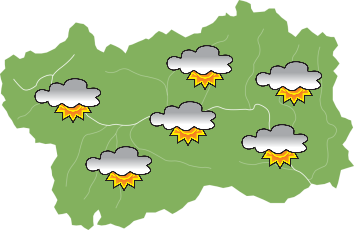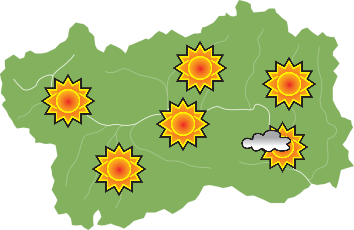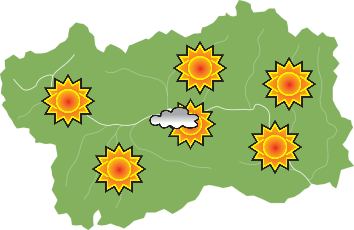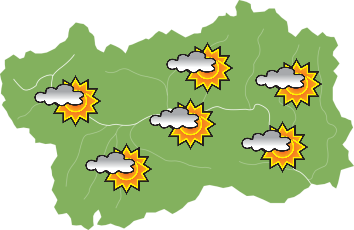Italian, French and the other languages spoken in the Aosta Valley
In the Aosta Valley, street signs are written both in French and in Italian, and almost all place names and local surnames are French in origin. Why do people from Aosta Valley speak Italian and French?
In 25 B.C., the Romans founded Augusta Praetoria and began the latinisation of the natives: the Salassi.
In 575, Pont-Saint-Martin became the border with the Franchi kingdom and the Aosta Valley was positioned beside the kingdom of Bourgogne (Gaul-Roman linguistic area), where Latin evolved into French-Provencal (the patois still spoken today in the Aosta Valley).
Starting from 1200, latin was gradually replaced by French in the written language. In 1561, Duke Emanuel Filiberto of Savoy adopted the use of French to replace Latin, for all the public acts in the duke's kingdom. From the XVII century, French was taught in the Collège Saint-Bénin in Aosta and in country schools, to the extent that, at the end of the nineteenth century, the illiteracy rate wasalmost non-existent.
In 1860, with the annexation of Savoia to France, the Aosta Valley was the only French speaking area in Italy. The diffusion of the Italian language began and reached its peak during the twenty years of Fascism, when the use and teaching of French were banned and place names were translated from French into Italian. In 1948, the special statutes of autonomy sanctioned parity between the Italian and French languages in the Aosta Valley.
Furthermore, in some municipalities of the Aosta Valley, in the Lys valley, the Walser population still speaks German based dialects, Titsch and Toitschu.




-9424%20(1).jpg?v=638267413400000000)








